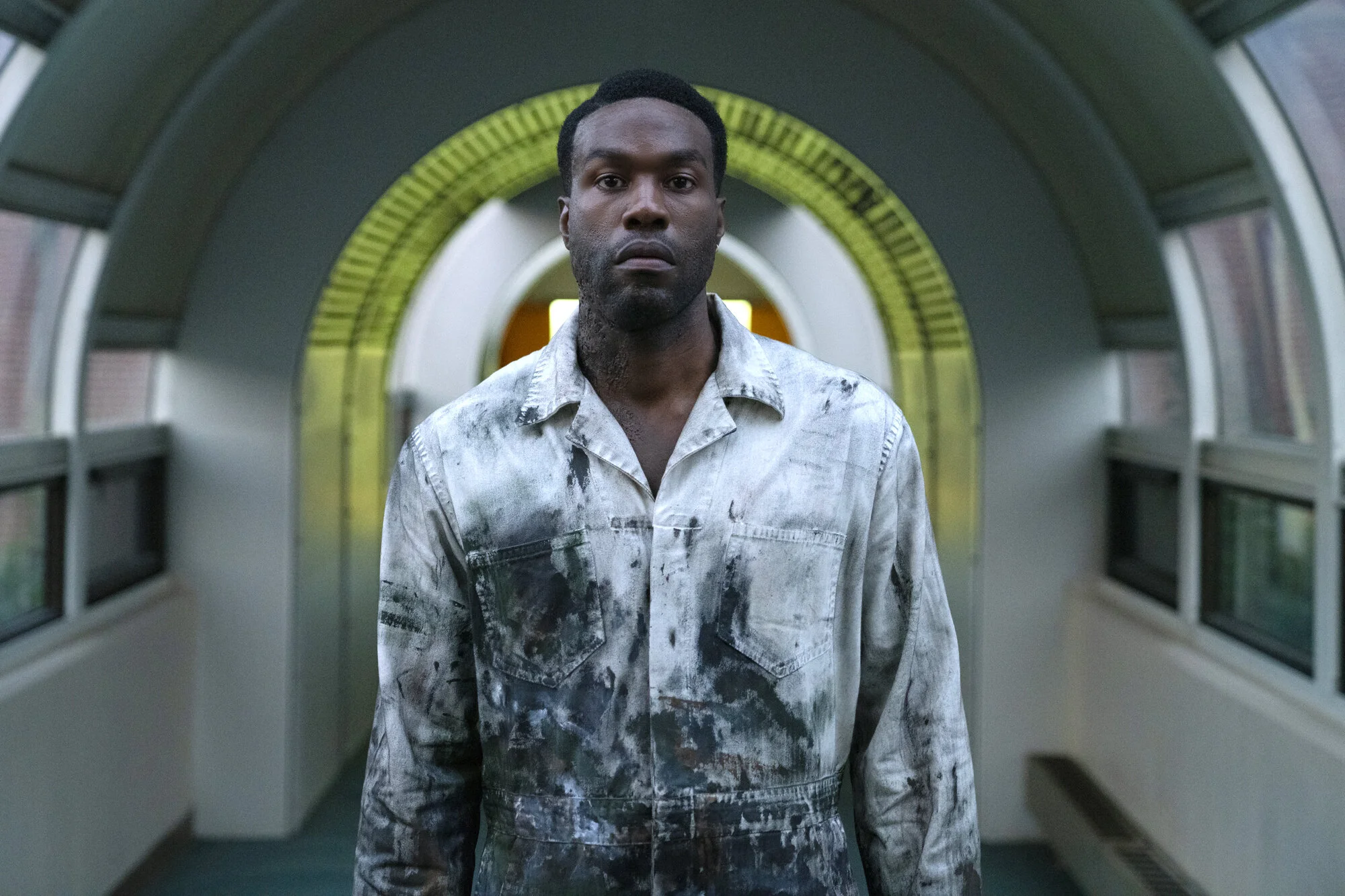Film review: Candyman brings sharp social critique to horror genre
Taking on everything from gentrification to generational trauma, the stylishly shot sequel loses its grasp in the final act
In Candyman, Yahya Abdul-Mateen II makes an impact as a visual artist searching for dark inspiration. for his next exhibition.
Candyman is now playing at local Cineplex theatres.
REFLECTIONS IN MIRRORS and windows are everywhere in director Nia DaCosta’s thought-provoking new Candyman, and not just for spooky effect.
As anyone who watched the cult-hit 1992 original knows, characters can only conjure the titular bogeyman by saying his name five times into a mirror. But DaCosta also wants us to take a hard look at ourselves.
In the original, a white doctoral student, Helen Lyle (Virginia Madsen), discovered Candyman while studying superstitions in a Chicago housing project. The sequel, cowritten with producers Jordan Peele and Win Rosenfeld, cleverly centres the story with Black artist Anthony McCoy (Yahya Abdul-Mateen II in an intense and convincing performance). He goes looking for the sinister figure with the hook for a hand in the same, now gentrified ’hood.
“White people built the ghetto, and then erased it when they realized they built the ghetto,” says McCoy’s wife Brianna (Teyonah Parris) early on, sipping moscato and gazing down on the abandoned, fenced-off wasteland from a toney highrise condo. It’s a line that hangs over the entire film: just acknowledging a wrong won’t magically get rid of the rage and pain.
And so it is that this sly and timely slasher flick refuses whitewashing and erasure, boldly taking on gentrification, generational trauma, and police violence against Black people—only losing its grasp in the final act.
The first two-thirds are a clever mashup of social critique and body horror, though, as McCoy heads to the abandoned Cabrini-Green housing projects to find inspiration for his next art show—and searches out the Candyman. DaCosta artfully underlines the storytelling with shadow-puppet sequences that revisit the first movie. In the original, Candyman is a ghostly figure tortured and killed after impregnating a white woman; here, he’s a homeless man beaten to death by cops.
McCoy’s discoveries drive a wild new art installation, including a mirror that opens up to images of a decrepit ghetto, challenging viewers with the title “Say My Name”. And so the carnage begins, but this time the white characters are the first to go.
Meanwhile, the world’s worst bee sting starts to eat at McCoy from the inside, turning the artist into a zombified version of himself. Whether he’s going insane or wracked by the violence of the past is unclear. In some ways, DaCosta sets up a provocative web of ideas that she can’t quite play out to a cohesive finale. The film spirals off the rails at the end, with too many confusing plot turns to stay on track.
But man, does she have visual style—a showdown in an elevator with infinity mirrors is a breathless knockout. DaCosta also has a knack for dark and biting social satire. Twenty years later, there’s something still haunting about a monster who’s fed by society’s wrongs over centuries. And in these divided yet sometimes smugly progressive times, it stands as a warning as sinister as that hook. In one of Candyman’s lines repeated here from the first film: “I am the writing on the wall.”













